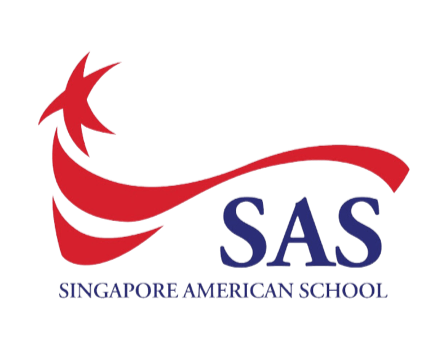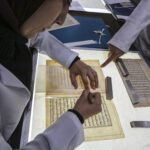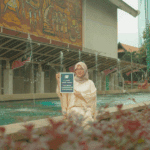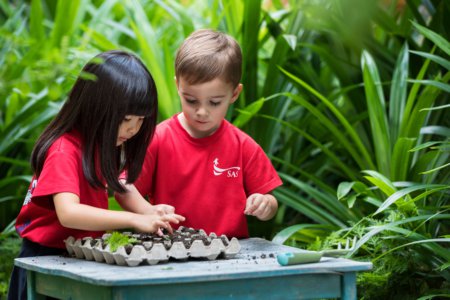“100 languages, 100 hands, 100 thoughts,100 ways of thinking, of playing, of speaking.” This makes up part of Italian psychologist Loris Malaguzzi’s poem on the wonder that is a child’s mind and the seemingly countless ways they express themselves.
Huda Hanapiah, as a pre-kindergarten teacher, is a witness to this every day — but one particular memory sticks out. “Last September, the children in my class had a huge fascination with monsters,” she recalls. “Through a series of discussions, I gathered that they were trying to figure out their sense of identity through the concept of monsters.”
Intrigued, Hanapiah encouraged her students to explore this further by creating different versions of monsters using clay. What she found was incredible: through their clay-monsters, each child displayed individual aspects of their personality, their likes and dislikes, and even their idea of friendships.
It’s a credit to the encouraging environment at Singapore American School’s (SAS) Early Learning Centre that the children in Hanapiah’s classes are as intuitive as they are. The school for young learners aged three to six is filled with opportunities and avenues for children to explore the world around them as well as their own individual selves.
It’s a feat that’s primarily realised through the school’s Reggio-inspired philosophy, which focuses on honouring a child’s sense of individuality. “In early years, there is no such thing as a one-size-fits-all approach, because every child is so unique and different in terms of their cultural and linguistic backgrounds,” explains Hanapiah. “Within this philosophy, we see every child as a competent learner who comes in with prior knowledge and understanding about the world.”
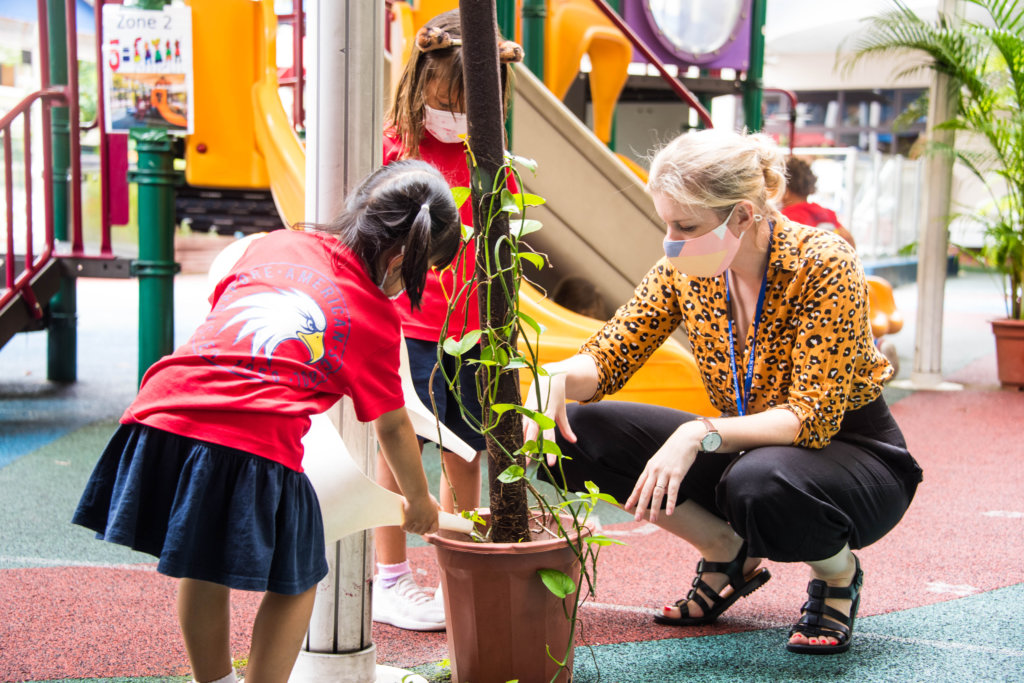
Source: Singapore American School
Through this, important traits such as self-confidence, self-esteem and a sense of agency are instilled in a child from an early age — characteristics that enable them to become active citizens of the future. It’s a progressive mode of teaching that has encouraged children at SAS to get a head-start in their own growth, and prepare them for a smooth journey into their schooling years.
How is this implemented? Through an exciting, activity-filled schedule that brings out elements of learning, play, exploration, and adventure.
A typical morning in Hanapiah’s class begins with an indoor exploration followed by a connection time, where children greet their peers and teachers. “The connection time is an integral part of our morning routines where we set our intentions for the day and connect with every child on the rug,” explains Hanapiah. Some children already have a head-start on this front: the school provides a bus transport service, giving them added time in the morning to spend time with their friends.
Then comes the children’s favourite part of the day: traversing the outdoor space. “Children ride on bicycles, participate in group games, relish in some sensory play, and enjoy some time at the playground with their friends,” shares Hanapiah. They’re treated to a lush, green environment, awakening not only a passion for discovery of the world around them, but a deep respect and appreciation for it, as well.
After an energetic morning, children are brought back to class to work in small groups. “We engage in a dialogue session where I take on the individual ideas and help them to synthesise it together,” says Hanapiah. “The children get to see their ideas come to life and know that their efforts can make an impact on everyone’s learning journey.”
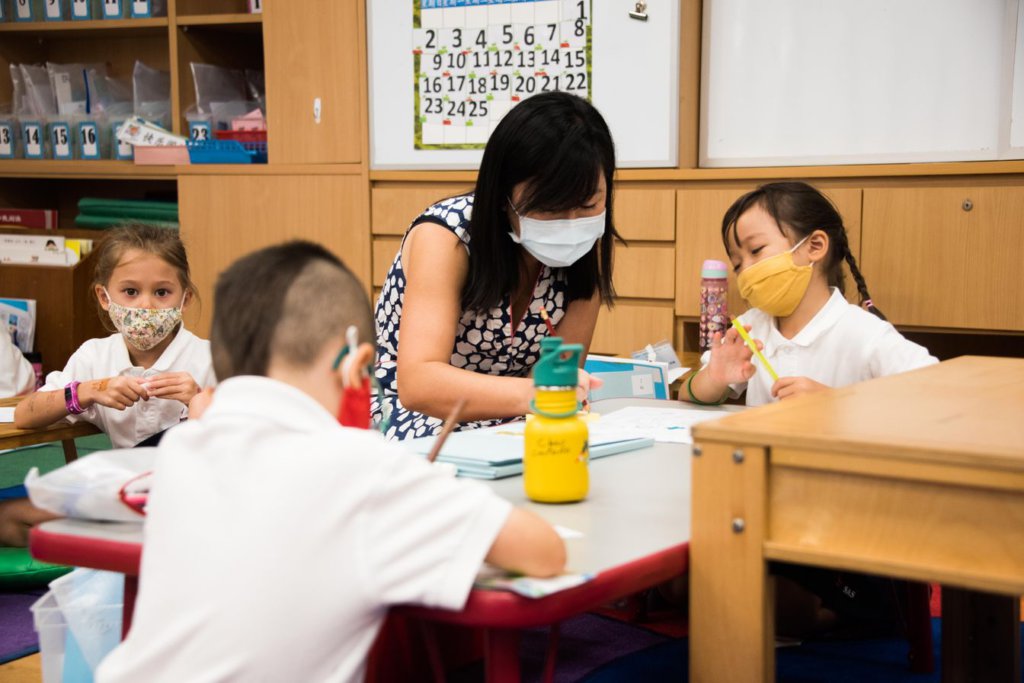
Source: Singapore American School
On top of this, Hanapiah encourages independent exploration, and supports children through every step until they can accomplish their individual goals. Here, children learn from each other as much as from their teachers.
“We see children sharing their strengths and interests together,” shares Hanapiah. “A child who may not want to draw in the initial start of the year may begin to draw later on after being inspired by their peers. Sometimes, the children might pick up problem-solving skills from their peers and they may be able to apply in a similar context.”
All teachers at SAS Early Learning Centre work to ensure that the classroom stays a safe space for young children to take risks, make mistakes, negotiate for their needs and wants, and learn to disagree with their peers. “We also create context for our young learners to feel empowered, to make their own decisions and build a sense of independence,” adds Hanapiah. “In essence, they develop crucial social and emotional skills that will help them tackle real-life problems.”
The closing connection time comes last, giving children the time to reflect upon their learning or play group games before returning to their families. Throughout it all, they’re given the room to attempt different manners of communication and, as such, be more confident in expressing themselves.
New parents needn’t fear: the school has set up an in-person orientation for new students, allowing both parent and child to connect with the environment, educators, and other children around them.
All in all, it’s an experience that inspires children not only to learn about the world around them, but to get to know themselves as individuals — which is, perhaps, the most rewarding part of being a student at SAS Early Learning Centre.
For more information on Singapore American School’s Early Learning Centre, join their admissions virtual event or visit their website.
Follow Singapore American School on Facebook, Twitter, YouTube, and Instagram.







